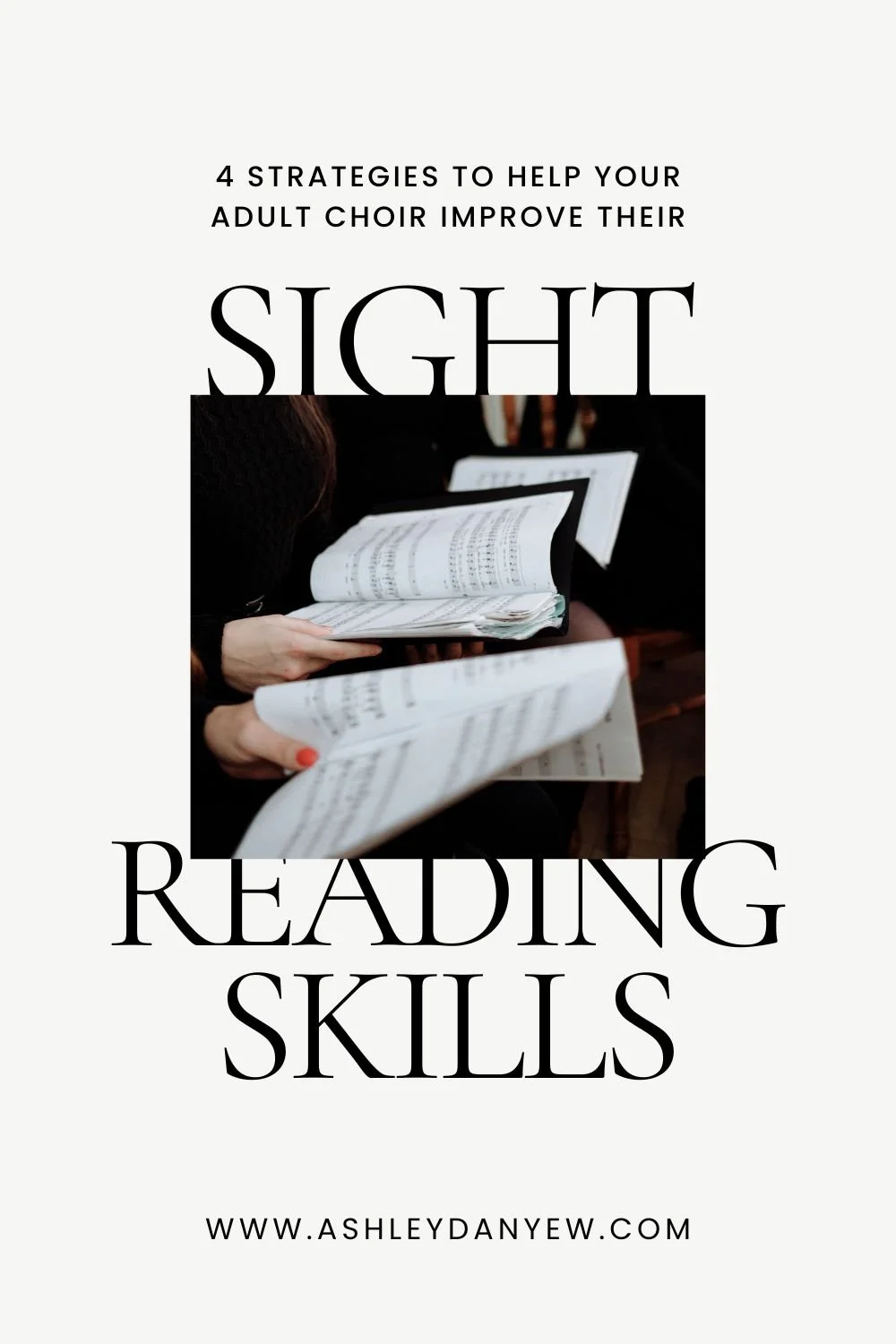Rhythm pattern cards are a great way to teach new rhythmic concepts, reinforce familiar patterns, and build that all-important music vocabulary (the ability to understand and create your own musical patterns and sequences).
There are lots of different types of rhythm pattern cards out there - some you can buy, some you can download and print for free (like the set I'm sharing below!), and ideas for making some of your own.
They don’t have to be fancy! The ones I'm sharing today can be printed at home on white cardstock and cut into quarters (postcard-size).

















